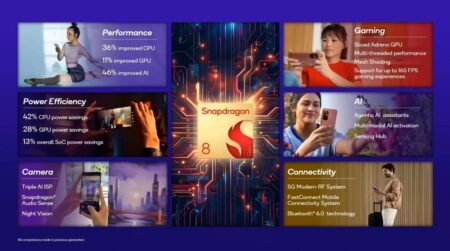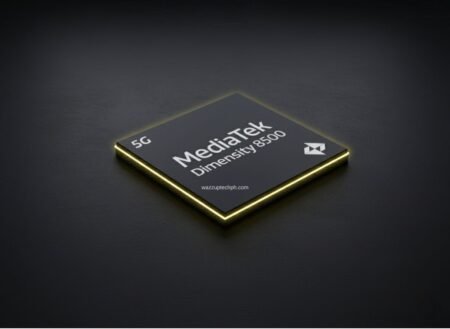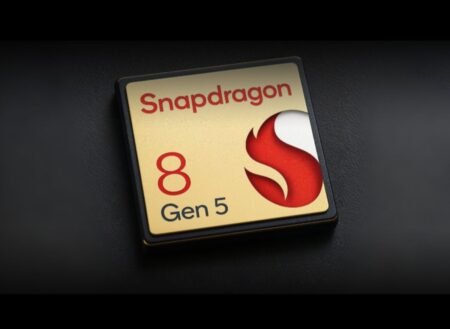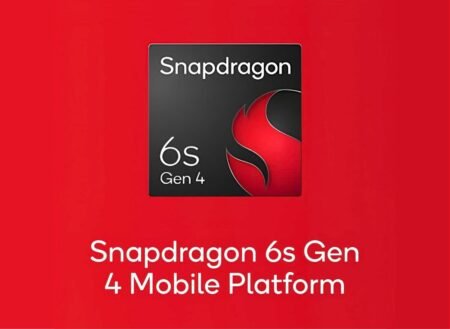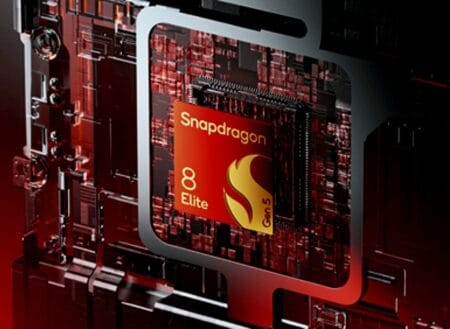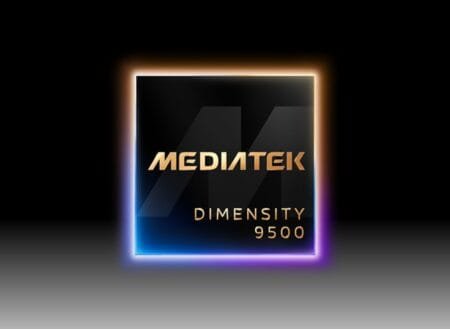The mobile processor market is getting more competitive than ever, as MediaTek, Qualcomm, and Apple are vying for the top spot in performance, efficiency, and features. Recently, MediaTek announced its latest flagship chip, the Dimensity 9300, which has a unique CPU cluster compared to the Snapdragon 8 gen 3 and Apple’s A17 Pro.
How does this chip compare to its rivals, the Snapdragon 8 Gen 3 from Qualcomm and the A17 Pro from Apple? Let’s find out by looking at the results of the 3DMark Wild Life Extreme benchmark, a cross-platform test that measures graphics performance in demanding scenarios.
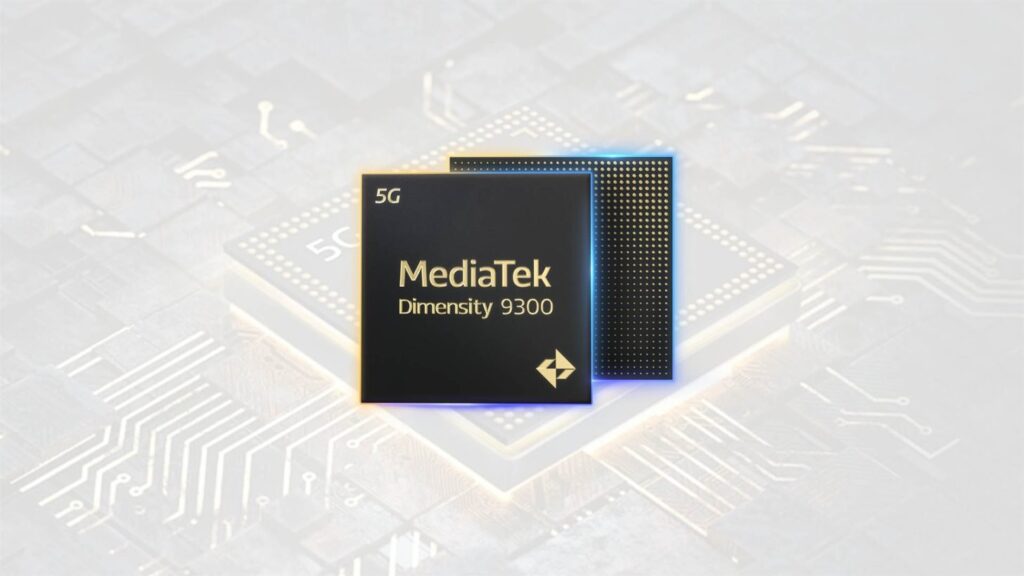
What is 3DMark Wild Life Extreme?
3DMark Wild Life Extreme is a new benchmark that was released in May 2021 by UL Benchmarks. It is designed to test the graphics performance of high-end devices across Windows, macOS, iOS, and Android platforms. It uses the Vulkan API on Windows and Android, and Metal on macOS and iOS. It renders at 3840 x 2160 resolution, which is four times higher than the original Wild Life benchmark.
According to UL Benchmarks, the Wild Life Extreme benchmark “uses a complex game-like scene with a large number of different objects and effects. The scene is rendered using tessellation, dynamic global illumination, shadows, bloom, depth of field, and particles. The test uses forward rendering with clustered shading and adaptive quality. The test automatically adapts the level of detail to ensure a consistent frame rate across different devices.
The Wild Life Extreme benchmark produces a single score that reflects the average frame rate achieved during the test. A higher score means better performance. The benchmark also provides a chart that shows how the device manages performance and heat during heavy use. This is useful for evaluating the thermal throttling behavior of the device.
How does the Dimensity 9300 compare to the Snapdragon 8 Gen 3 and the A17 Pro?
In a recent comparison by Geekerwan, a tech reviewer, the Dimensity 9300, MediaTek’s flagship chipset, showed an impressive performance advantage over the Snapdragon 8 Gen 3, Qualcomm’s latest flagship chipset, while using the same amount of power. According to the power measurement tools used by Geekerwan, the Dimensity 9300 and the Snapdragon 8 Gen 3 consumed 12.7W and 12.6W respectively in the same test, but the Dimensity 9300 achieved an 11.7 percent higher overall score than the Snapdragon 8 Gen 3. This demonstrates the superior performance and power efficiency of the Dimensity 9300 chipset.

As we can see, the Dimensity 9300 achieved the highest score in the Wild Life Extreme benchmark, beating the Snapdragon 8 Gen 3 by 11.7 percent and the A17 Pro by 52 percent.
These results suggest that the Dimensity 9300 has a superior graphics performance and efficiency than its competitors, thanks to its 12-core Immortalis-G720 GPU, which supports hardware ray tracing, mesh shaders, and MSAA. The Snapdragon 8 Gen 3 also has a powerful GPU, the Adreno 750, which supports generative AI, console-defying gaming, and 240 fps graphics. However, it seems that it is not enough to match the Dimensity 9300 in this benchmark. The A17 Pro, on the other hand, has a weaker GPU. It is clear that the A17 Pro is lagging behind in graphics performance, despite its strong CPU performance.
Conclusion
The 3DMark Wild Life Extreme benchmark is a useful tool for comparing the graphics performance and efficiency of high-end mobile processors across different platforms. Based on the results, we can conclude that the Dimensity 9300 is the current leader in this category, as it outperforms the Snapdragon 8 Gen 3 and the A17 Pro by a significant margin. The Dimensity 9300 also boasts other features, such as the world’s first hardware-based generative AI engine, LPDDR5T memory support, and UFS 4.0 storage support, which make it an attractive choice for flagship smartphones. The Snapdragon 8 Gen 3 is still a formidable contender, with its Cortex-X4 CPU, generative AI, and 24-bit lossless audio. The A17 Pro, however, needs to improve its GPU performance to catch up with the others, as it is clearly behind in this benchmark. We look forward to seeing more devices powered by these chips and more benchmarks that test their capabilities.
Read more>> Chipset
Discover more from wazzuptechph
Subscribe to get the latest posts sent to your email.


